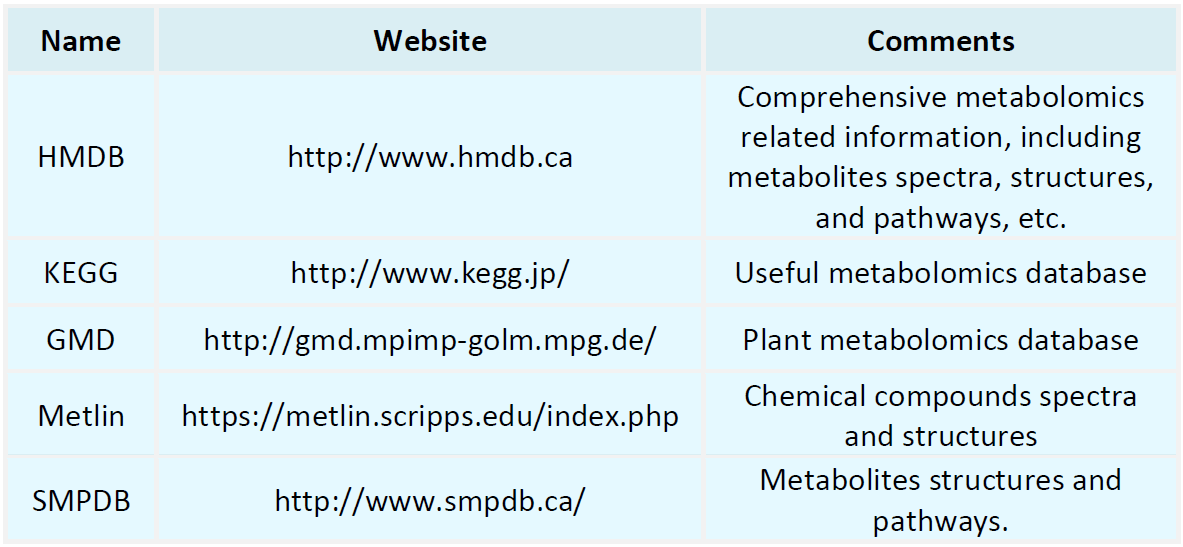Resources
Proteomics Databases

Metabolomics Databases

-
Peptide mapping mass spec is a high-resolution, sensitive, and precise analytical technique widely utilized in protein structure and function research, biopharmaceutical quality control, and proteomics investigations. The core of this technique involves using mass spectrometry to separate, detect, and identify peptide fragments generated by protease digestion, thereby revealing the primary structure of proteins and providing reliable data for protein-related research. The principle of peptide mappin......
-
Antibody peptide mapping is a widely used and indispensable bioanalytical technique, playing a crucial role in both antibody drug development and quality control. By enzymatically digesting antibody molecules into specific peptide segments and analyzing them via mass spectrometry, researchers can obtain valuable structural information, including amino acid sequences, post-translational modifications (PTMs), impurities, and degradation products. This technique is not only a key tool for studying the pr......
-
• Native Protein Mass Spectrometry
Native protein mass spectrometry is a technique employed to study proteins and their complexes under conditions that closely resemble their physiological environment. This technique focuses on maintaining the native conformation of proteins and the integrity of their complexes, enabling researchers to study their mass, structure, and interactions without compromising the biomolecules' natural state. Traditional mass spectrometry typically involves subjecting samples to harsh conditions such as stron......
-
Protein mass analysis is a crucial analytical technique used to determine the molecular mass and structural properties of proteins. The core principle of this method is to precisely measure the molecular mass of proteins, thereby revealing their structural characteristics, functional roles, and involvement in biological processes. Protein mass analysis is widely applied in various fields of life sciences, including proteomics, biomarker discovery, and drug development. Protein mass analysis is based......
-
• Molecular Weight Determination by GPC
Molecular weight determination by GPC is a chromatographic technique used for analyzing and characterizing the molecular weight distribution of polymers. It is based on the principle of size exclusion, where solute molecules are separated by the screening effect of the stationary phase's porous material. High molecular weight solutes, which cannot penetrate the pores, elute earlier, while low molecular weight solutes, which are able to enter and remain trapped in the pores for longer, elute later. Thi......
-
Native protein analysis is a technique used to study the functions and characteristics of proteins in their natural state. This method preserves the native conformation and interactions of proteins, enabling scientists to directly observe and measure their biological activity. Unlike analyses conducted under denaturing conditions, which often disrupt the protein’s natural structure and may lead to the loss of functional properties, native protein analysis offers distinct advantages in studying protein......
-
• Gel Filtration Molecular Weight Determination
Gel filtration molecular weight determination is an important chromatographic technique used to analyze molecular weight and its distribution, widely applied in the study of biomacromolecules such as proteins, polysaccharides, and polymers. The basic principle of gel filtration molecular weight determination relies on size exclusion in porous materials, achieving separation based on differences in molecular size. Larger molecules, which cannot enter the pores of the gel particles, elute from the colum......
-
• GPC Analysis Molecular Weight
Gel permeation chromatography (GPC) is a crucial technique for gpc analysis molecular weight and distribution in polymer materials. In gpc analysis molecular weight determination, the sample is dissolved in an appropriate solvent and passed through a chromatographic column filled with porous packing material. This physical separation process allows GPC to provide detailed information about the molecular weight and distribution of the sample, which is essential for studying the physical and chemical pr......
-
• GPC for Molecular Weight Determination
The GPC for molecular weight determination is a widely used technique in polymer science for analyzing the molecular weight and distribution characteristics of polymers. This method is based on the principle of gel permeation chromatography (GPC), which separates polymer molecules by size. The basic principle of GPC for molecular weight determination is the size exclusion mechanism. When polymer molecules in the sample solution pass through a chromatographic column filled with porous materials, thei......
-
• Determine Molecular Weight from Mass Spectrum
Mass spectrometry is a powerful analytical technique that allows researchers to determine molecular weight from mass spectrum with high accuracy, making it especially valuable for the study of biological macromolecules such as proteins, peptides, and nucleic acids. The principle of this method involves ionizing the sample molecules and analyzing their movement in an electric or magnetic field to calculate their molecular weight. The ability to determine molecular weight from mass spectrum plays a cruc......
How to order?







